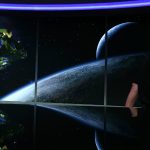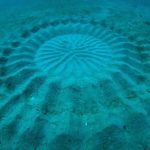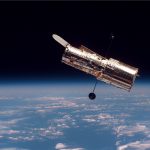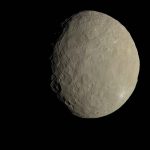Lost Walt Disney UFO Documentary0
- From Around the Web, UFO News
- January 28, 2017
Back in 1995, Disney was going to do a Disney special episode on UFOs and Aliens, but the episode disappeared until now.

Back in 1995, Disney was going to do a Disney special episode on UFOs and Aliens, but the episode disappeared until now.

More comfortable, less ugly, and (hopefully) just as functional

NASA’s New Horizons space probe has been busy the past few years. After traveling roughly 4.67 billion miles to reach the dwarf planet Pluto’s system in July of 2015, the spacecraft is now moving on to its next target, an object discovered in the Kuiper Belt by the Hubble Space Telescope in June of 2014 and dubbed 2014 MU69.

Sticking together could help microbes survive in briny waters on Mars. Biofilms, colonies of cells embedded in a slimy protective coating, live longer than single cells when exposed to Mars-like brines – and even longer when they’re dried out first.

According to the National Oceanic and Atmospheric Administration less than five percent of the world’s oceans have been explored, meaning that 95% of what lies deep underwater on Earth has yet to be seen by human eyes.

Research team working in Ceibal-Petexbatun Archaeological Project and led by Takeshi Inomata of the University of Arizona, have studied both collapses of Maya civilization at Guatemala’s Maya site of Ceibal.

Hubble will soon start seeing double.

The world’s largest radio telescope, in southwestern China, is joining an international search for extraterrestrial intelligence focused on a mysterious, flickering star that has sparked unprecedented curiosity in recent months.

The dwarf planet Ceres is cloaked in a layer of asteroid dust that disguises its true surface composition, a new study suggests.